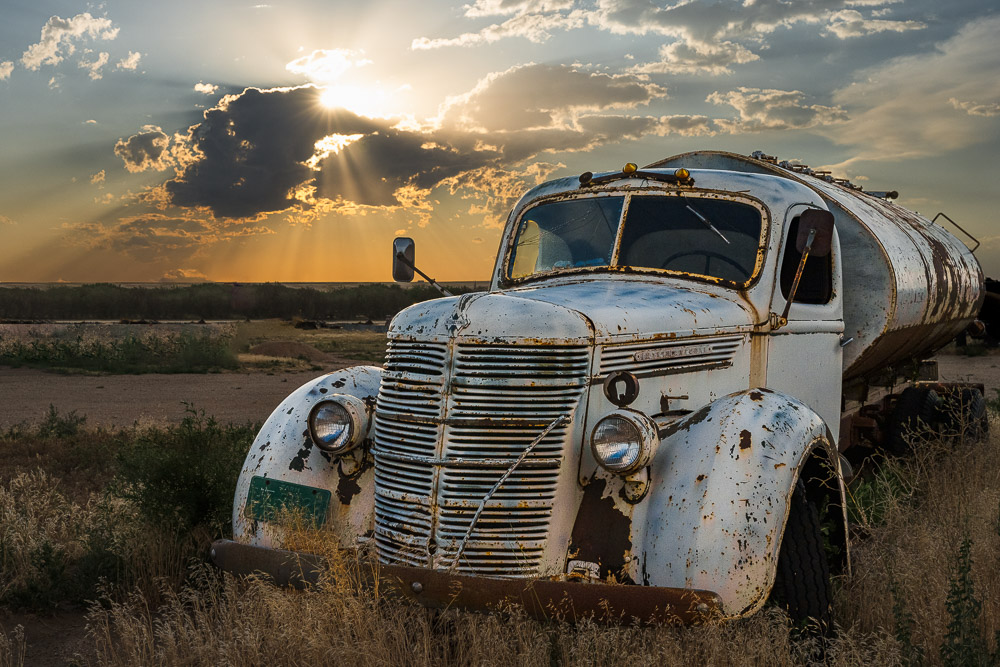It is what it is. This is actually an expression I hate, but I’m used to it because some of my kids occasionally use it. In one sense, what I photograph is what it is.
My methods
I photograph outdoors in natural light. The subjects I shoot are “found” things. Things I encounter on my way and I shoot them as I find them. That is, I do not stages shots. I will very seldom move anything or do any “gardening” to remove distractions or competing elements.
This is the method that appeals to me. There is a kind of honesty or transparency about it that feels right.
One of the things I am indirectly pointing out in it is that most of us go through our daily life with blinders on. We tend to be oblivious to most things we encounter unless they are what we are looking for or they seem a threat.
What I want to do is take these found subjects and elevate them in a way that makes them interesting and to gently say, “see what you missed by not being mindful”.
Explore
To accomplish this, I have to be an explorer. I forage for images rather than planning them. And it requires heightened senses. I have to be outside my head and paying attention to things around me. Some may say I’m out of my head, but I will call it outside my head. I have to quiet the inner critic and be constantly scanning around me for interesting things.
It is a learned skill that I have practiced for quite a while. While I am far from perfect, I feel like I am getting better at it.
It has become a joy to me. I look forward to these explores. Most often I am just wandering in the vicinity of my studio. Familiar and well worn paths. It constantly surprises me that I can discover new and interesting things in such familiar territory. Some days it is easier than others. But more often than not I find something new or I see something differently. Even if I don’t come back with any images, I have enjoyed getting out and being in tune with what is around me.
Go out empty
One of my inspirations is Jay Maisel. I have mentioned him many times. Jay is a famous photographer living in New York City – now Brooklyn. One of the many things he is famous for is just going out rambling every day on the streets close to home.
He is so good at spotting interesting scenes that it is almost depressing. I would hate him if he weren’t so phenomenal. 🙂
Jay describes what he is doing as “going out empty”. He wants to go out as unprepared as possible so he can get filled up with what the world has to offer. The point he makes frequently is that if he has a certain thing in mind to shoot, that is a mental block. He might find that, but would probably miss everything else that’s on offer.
Through lots of practice I have determined this style works well for me, too.
Make something out of it
So I explore. I wander. I’m searching for things that catch my interest. And when I find them, I don’t rearrange them or clean them up, except maybe for a stray blade of grass or a piece of trash.
Therefore, the challenge is to make something out of what is there. Position, crop, lens choice – these all factor in to making the image. Someone has said the picture is already there, we just have to crop it. There is truth to that. The excellent instructor Ben Willmore once said “What elements are adding to the image? What elements are detracting? How do I remove more of the detractions and add more of the good?” That is a good description of the game: try to remove enough of the bad and include enough of the good.
It is what it is – work with it
It is often stated that everything has been shot. What matters now is our personal treatment of it. Can we use our unique vision to see the subject in a new and interesting way?
I choose to work with things that interest me as I find them. It is what it is. How can I make it the best it can be? It can be a challenge, but the reality is there is a lot more interest in the world around us than we usually notice.
It is a joy to me when someone exclaims over one of my images and I can think – or say out loud – that is right where you go by every day and you’ve never noticed it.
A final quote from Jay Maisel: I want people to see what I see. It’s all out there. It’s a joy to look at.
Yes, it is what it is, but it can be more.
This process works for me. It fits me and there are benefits. I recommend you experiment with it. It might need several outings to become comfortable. You might discover a new world around you.
Let me know your experience!
Today’s image
OK, I didn’t find this around my studio. But thousands of people passed by this daily and I bet few if any ever glanced at the scene closely enough to take notice of it. It was clearly visible from a main highway. There seems to be a story and a lot of unanswered questions wrapped up in a single frame.
I was driving and I turned around and came back to it. I’m glad I took the time. It is a good memory for me.
The scene is gone now. But that is a topic for another day.





